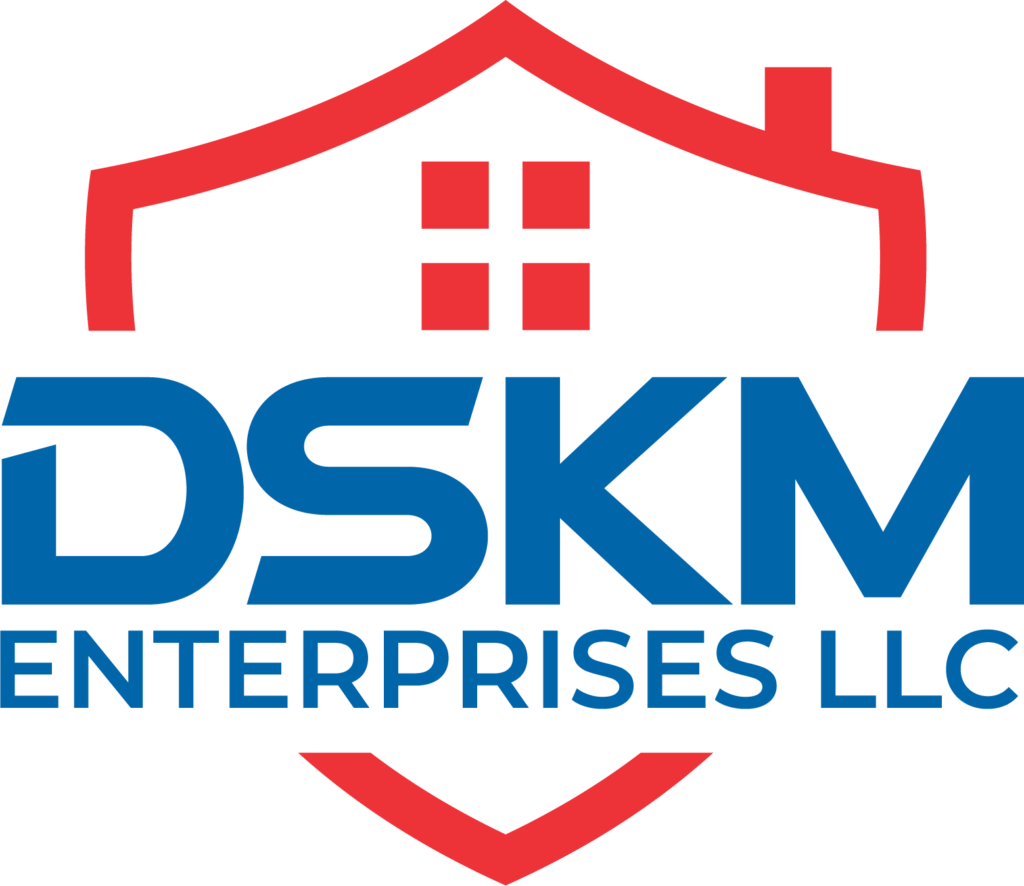There are several options to finance your first investment property, and there are many types to choose from, depending on your current needs and situation.
In this publication, we will examine a popular option that could assist a real estate investor that has low income or that may lack significant savings. We will answer the question: “What is a graduated payment mortgage?” We will examine how they work, consider the pros and cons and explain how a graduated payment mortgage differs from other types of mortgages.
What is a GPM?
A GPM, or a Graduated payment mortgage or graduated loan, is a type of mortgage. Payments begin at a relatively low rate and increase over time to a higher level. A graduated payment mortgage is an excellent option if you want to buy an income property, while your current income is low to moderate, but is expected increase significantly for the next five to ten years.
On average, payments will increase between 7% and 12% each year until a maximum payment amount is reached.
Most GPMs are insured by the FHA (Federal Housing Administration) and come in terms of 15 and 30 years. You will often find them with reference as a loan in section 245.
A graduated payment mortgage is a self-family loan, which means that the debt will be paid completely at the end of the loan period.
The GPMs are popular among new buyers for the first time they seek real estate financing.
However, this type of financing has some inconveniences, so it is important to do your homework and make sure it is the correct option.
How does a graduated payment mortgage work?

With a graduated payment loan, the borrower makes lower monthly minimum payments in advance, constantly increasing.
A GPM has an attached fixed interest rate. However, it tends to be much lower to help people with low income.
The monthly bill with a GPM begins with smaller payments but inevitably grows around 7% to 12% per year as time passes. This type of loan will have a maximum payment roof, and once it is reached, the maximum payment is made until the mortgage is completely paid.
Criteria you must comply with
GPM are usually insured by the FHA, which means that there are specific criteria that all borrowers have to comply. They include:
- A minimum of 3.5% initial payment
- Mortgage insurance premiums for the FHA paid
- Buy a property occupied by the owner
What is a property occupied by the owner?
A property occupied by the owner is real estate in which the person who owns the title also uses the house as its main residence. It is a term commonly associated with real estate investors living in a property but renting separate spaces to tenants.
Some attractive financing options for properties occupied by owners, such as graduated payment mortgages, are generally reserved for housing owners. At the same time, you can create rental income with the property to rent spaces that you are not using.
However, there are specific requirements that must be met to qualify as an owner. For example, you must move to the property within 60 days after closing. With most lenders, they must also live on the property for at least 12 months to qualify as the occupant for the property.
The pros and cons for the owner
The advantages of investing in real estate occupied by the owners include:
- You are close in case there is an emergency.
- You can make sure you have adequate attention to maintain ownership to your standards.
- Certain loans are only available for the owner occupants, it allows them to take advantage of the most affordable financing opportunities, unavailable for investors or absent owners. In addition to GPM, other financing options include FHA loans, VA loans or conventional loans.
Of course, there are also some disadvantages, for example:
- You could be living with neighbors or noisy tenants who will do nothing more than complain while you are at home in your unit.
- Finding tenants will be much more challenging, since many tenants do not want to live in the same property as the owner.
- The owner does not earn passive income. On the contrary, there is a lot of hard work involved, such as administering to tenants and maintaining the property.
Available GPM options
There are five FHA GPM plans available. Three of them allow the mortgage payments to increase to 2.5%, 5%, or 7.5%during the first five years of the loan.
The other two plans increase payments by 2-3% per year for 5 or 10 years. At the beginning of the sixth year of a 5 -year plan and in the eleventh year of a 10 -year plan, payments are level for the remaining mortgage years.
The pros and cons of graduated payment mortgages
As with any financing option, there are pros and cons.
Pros
- The qualification for a mortgage loan becomes easier.
- You can buy your income property much earlier.
- You will get more home for your money.
- At first, lower payments are required.
- Greater flexibility on monthly expenses.
- The mortgage evolves with your income over time.
Cons
- There is a greater risk of financial problems if their income does not grow.
- The general costs are higher than a conventional mortgage.
- Negative amortization is a possibility that adds to the principal of the loan.
- To take advantage of this type of mortgage, your future income must increase.
Graduate payment mortgages and negative amortization
Negative amortization means that the balance of the loan grows instead of reducing, and with graduated payment mortgages, this risk exists. If it happens, it depends on the interest rate level, for example, if the interest payment is higher than the initial monthly payment in general.
Imagine that it is obtaining a GPM of $ 200,000 to 30 years, but the fixed interest rate is 5.7%, and monthly payments increase 5% per year during the first five years.
In the first year, interest payment is higher than monthly payment, which adds to the balance of the loan.
For the second year, the monthly payment will increase by 5%. Since the monthly payment is now higher than the payment of interest, the balance is now paid instead of amortizing negatively.
Negative amortization is a risk for several years at the beginning of the loan period. However, the mortgage will be organized so that the entire balance is still reimbursed at the end of the term. However, it means that the mortgage will cost more because the principal of the loan grows at the beginning of the reimbursement period.
How do graduated payment mortgages differ from adjustable rate mortgages?
On the surface, a graduated payment mortgage and an adjustable-rate mortgage may seem very similar, but they are not the same.
With an adjustable-rate mortgage, you can expect the rate to fluctuate periodically to reflect the market interest rate. The rate fits occasionally but not in a fixed schedule. The interest rate can also decrease because it is based on the market rate in progress.
On the other hand, with a graduated payment mortgage, the interest rate will only increase.
How are graduated payments calculated?
Graduated payments are calculated using the amount of the mortgage loan, the interest rate, the annual graduation rate and the applied number of graduations. If you want to know in advance, there are online loan calculators that you can use.
Mashvisor, for example, has a calculator for investment properties (also called a rental property calculator). It has been created specifically for investors and helps you calculate the estimates of your costs.
The final result
The greatest risk of a GPM is that their income could not increase as fast as expected. If this happens, it will maintain mortgage payments that are increasingly high, and there is no way to pay them. If you are considering a GPM, the best thing you can do to minimize this risk is to make the calculations. If your profits grow in the way you expected, make sure you can still pay the mortgage in the future years.
Something more to take into account is that you will pay more interest on the life of the mortgage. On the other hand, if you choose a mortgage with payments that remain the same during the useful life of the loan, you will pay less in interest.


